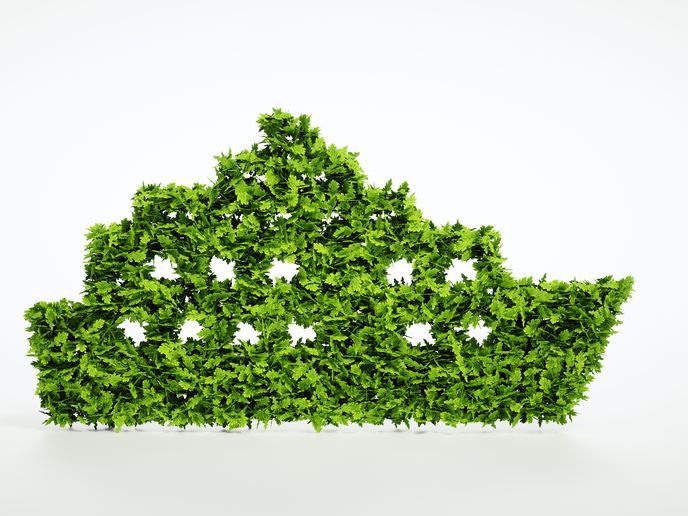Antifouling paint that helps protect the environment
Current antifouling technologies are based on the release of biocides or on low-adhesion coatings. Biocides such as copper oxide are based on continuous release, which can have long-term ecological effects and therefore cannot be considered as sustainable. Low-adhesion coatings suffer from a lack of mechanical resistance and long-term durability, along with associated high material and maintenance costs. The LEAF (Low emission antifouling coatings based on the novel discovered post settlement penetration triggered antifouling) project was set up to develop and demonstrate a new antifouling technology that was not based on biocide release or low adhesion. Researchers worked on a new approach in which the antifouling effect occurs when the barnacles establish themselves and start the process of penetrating the paint. The biocide is only needed in low concentrations, and the coating in which it is held can last for years. Project partners developed new methods for measuring biocide leaching rates and characterising antifouling paint formulations, and established a number of different assays to test biocide efficacy. Field testing of different LEAF formulations was carried out in widely different fouling conditions in the North Atlantic, English Channel, Mediterranean and Brazilian coastal waters. A sustainability assessment of the LEAF coatings was also conducted. This included life cycle analysis comparing traditional copper-based solutions with the system developed by LEAF, as well as ecotoxicology and human safety aspects for LEAF’s proposed solution. The innovative character of LEAF is that it provided significant operational benefits. For example, as it does not rely on the continuous emission of biocide and erosion of the paint, it has a longer service life and extended maintenance cycles. The low amount of biocide required to achieve antifouling efficacy also has environmental benefits. The effectiveness of LEAF, even with water-based paints, will remove the need for solvents and reduce emissions of ‘Volatile organic compounds’ (VOCs). The removal of solvents and VOCs will mean safe indoor working conditions during bad weather, thereby enabling European shipyards to compete more effectively. Methods developed through the LEAF project will also help future research into the next generation of environment-friendly antifouling coatings. LEAF will provide ship and boat owners as well as policymakers with a non-low-emission solution to the problem of hard fouling. This will mean a reduction in fuel consumption and atmospheric emissions, with no heavy metals accumulating in sediment or the biosphere. The LEAF concept can also be further developed for other fields of application where fouling is a problem, such as the renewable marine energy and aquaculture sectors.
Keywords
Biofouling, barnacles, antifouling paint, LEAF, biocide, volatile organic compounds







